Highlights from the 2022 BP Statistical Review
R-Squared Energy
JULY 13, 2022
The remaining share of primary energy use consisted of hydroelectric power (6.8%), renewables (6.7%), and nuclear power (4.3%). Natural Gas. Natural gas has been the fastest-growing fossil fuel in recent years, with a global 2.2% After falling in 2020, global natural gas consumption grew by 5.3%


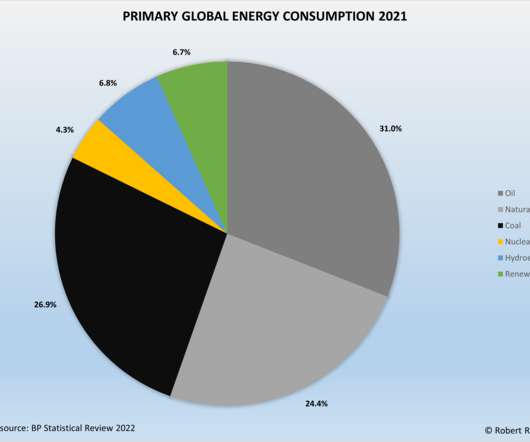

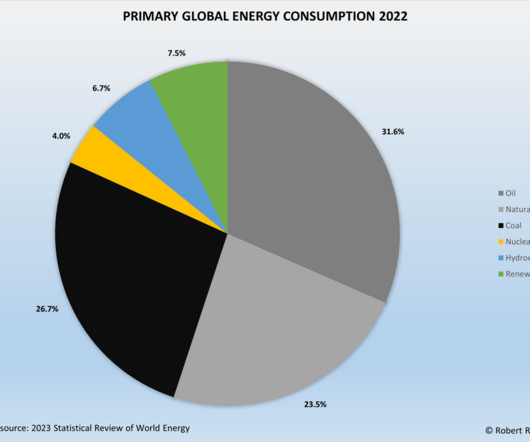
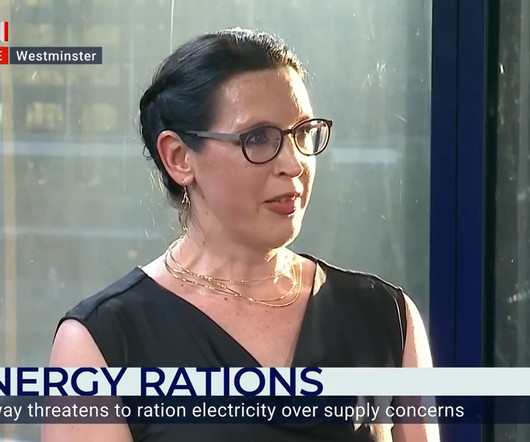
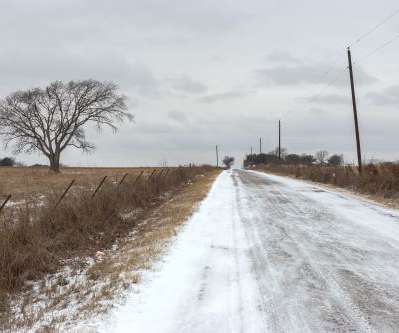
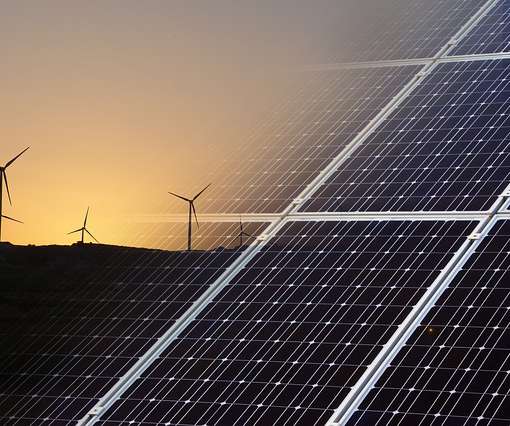









Let's personalize your content